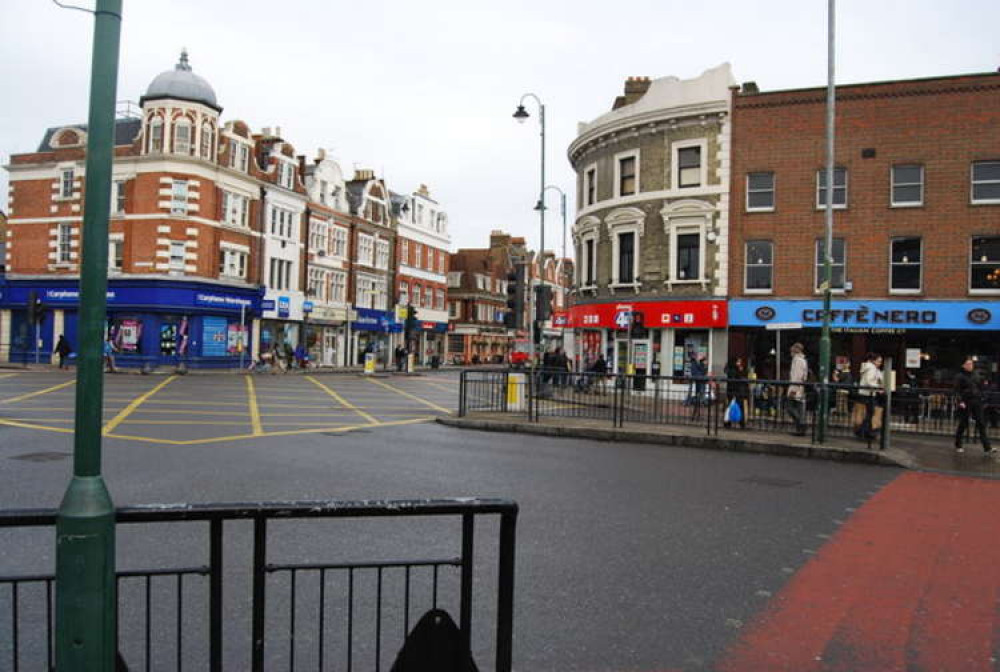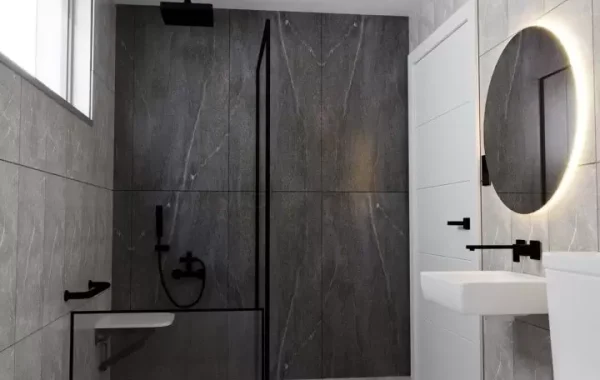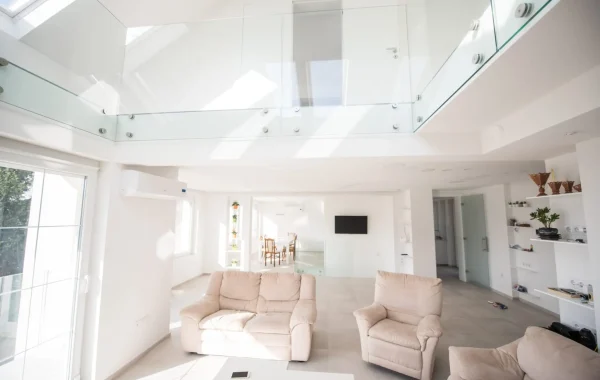Transform Your Home with a Wandsworth Tooting Basement Conversion: An Extensive and Unique Guide
Nestled in the lively and diverse area of Wandsworth Tooting, a basement conversion offers a remarkable opportunity to reimagine and enhance your home’s living space. As London’s property landscape becomes increasingly competitive, converting a basement into a versatile, stylish area is a savvy way to maximize your property’s potential. This detailed guide will walk you through the myriad benefits, key considerations, and comprehensive process of transforming your basement in Wandsworth Tooting into a dynamic, functional space that meets your needs and desires.
The Appeal of a Basement Conversion in Wandsworth Tooting
A basement conversion in Wandsworth Tooting can be a transformative choice for several compelling reasons:
Utilize Unused Space Efficiently: Many homes in Wandsworth Tooting feature spacious yet underutilized basements. Converting this area allows you to make the most of your existing footprint without extending the property’s external boundaries. This is particularly advantageous in a densely populated area where outdoor space is limited. Whether you need a new bedroom, a home office, or a recreational room, a basement conversion can address these needs effectively.
Enhance Property Value: A well-executed basement conversion can significantly elevate your home’s market value. In a vibrant real estate market like London’s, where properties are often compared based on their versatility and available space, a newly converted basement can set your home apart from others. Buyers are increasingly attracted to properties with additional functional spaces that offer flexible use.
Preserve Your Garden: In urban settings like Wandsworth Tooting, outdoor space is highly coveted. Converting your basement allows you to expand your living area without encroaching on your garden or outdoor space. This approach helps maintain the aesthetic and practical value of your garden, preserving your home’s overall appeal.
Navigating the Planning Phase
The success of a basement conversion hinges on meticulous planning and strategic execution. Here’s a step-by-step guide to ensure a smooth planning phase:
Conduct a Thorough Feasibility Study: Begin by assessing the existing condition of your basement. This includes evaluating structural integrity, identifying any dampness or moisture issues, and determining whether the basement height and layout align with your conversion goals. Engaging a structural engineer and a damp-proofing specialist will provide valuable insights and help you address potential challenges early on.
Understand Building Regulations and Planning Permissions: Basement conversions in Wandsworth Tooting must comply with local building regulations and, in some cases, require planning permission. This involves submitting detailed plans to your local council and ensuring that the conversion meets all safety and regulatory standards. Working with a planning consultant can help you navigate these requirements efficiently and avoid potential pitfalls.
Designing the Perfect Space: Collaborate with a professional architects or interior designer to create a design that maximizes the potential of your basement. Consider factors such as natural light, ventilation, and space layout to craft a functional and aesthetically pleasing environment. Innovative design elements like light wells, customized storage solutions, and multi-purpose furnishings can enhance both the utility and charm of your new living space.
Address Structural and Technical Aspects: Depending on your conversion’s scope, structural modifications may be necessary. This could include underpinning to reinforce the foundation, installing new support beams, or excavating to increase ceiling height. A structural engineer will ensure that these changes are implemented safely, preserving the structural integrity of your home.
The Conversion Journey: Step by Step
Once planning and design are complete, the conversion process involves several key stages:
Preparation and Demolition: Begin by clearing out the basement and addressing any pre-existing issues such as dampness or mold. This may involve demolishing non-essential walls or structures that interfere with the new design. Proper preparation sets the stage for a successful conversion and ensures that any underlying issues are resolved.
Structural Reinforcement and Building Work: With preparation complete, the focus shifts to structural work. This may involve underpinning to strengthen the foundation, installing new support beams, or reinforcing walls to ensure stability. Attention to detail in this stage is crucial for creating a safe and durable basement.
Constructing the New Space: The next phase involves building out the new space according to your design. This includes installing partitions, flooring, and essential fixtures. Ensuring high-quality craftsmanship and attention to detail will result in a functional and visually appealing living area.
Utility Installation and Finishing Touches: Installing utilities such as electrical wiring, plumbing, and HVAC systems is essential for creating a comfortable and livable space. The final touches involve painting, decorating, and furnishing the basement to reflect your personal style. This stage transforms the raw space into a polished and inviting area.
Addressing Common Challenges
While basement conversions offer numerous benefits, they also present certain challenges:
Managing Damp and Moisture: Basements are inherently prone to dampness. Effective waterproofing measures, such as installing damp-proof membranes and improving drainage systems, are essential to prevent moisture-related issues and ensure a dry, comfortable environment.
Enhancing Natural Light: Basements often lack adequate natural light, which can affect the space’s ambiance. Consider incorporating well-placed windows, light wells, or skylights to brighten the area. Additionally, a well-designed lighting scheme can enhance the space’s overall brightness and comfort.
Ensuring Proper Ventilation: Adequate ventilation is crucial for maintaining air quality and preventing musty odors. Implementing effective ventilation systems, such as air extraction fans or mechanical ventilation, will promote a healthy and pleasant living environment.
Cost Considerations and Budgeting
The cost of a basement conversion in Wandsworth Tooting can vary significantly depending on factors such as the size of the basement, the complexity of the design, and the quality of materials used. On average, homeowners can expect to invest between £30,000 and £70,000 or more. Obtaining detailed quotes from multiple contractors and carefully reviewing your budget will help ensure that the project stays within financial limits while achieving the desired results.
Conclusion
A basement conversion in Wandsworth Tooting represents an excellent opportunity to enhance your home’s functionality and value. By following a detailed planning process, adhering to local regulations, and working with skilled professionals, you can create a versatile and stylish living space that meets your needs and enriches your home. Whether you envision a modern home office, a luxurious guest suite, or a vibrant entertainment area, a well-executed basement conversion will not only transform your home but also contribute to a higher quality of life in one of London’s most vibrant neighborhoods.





